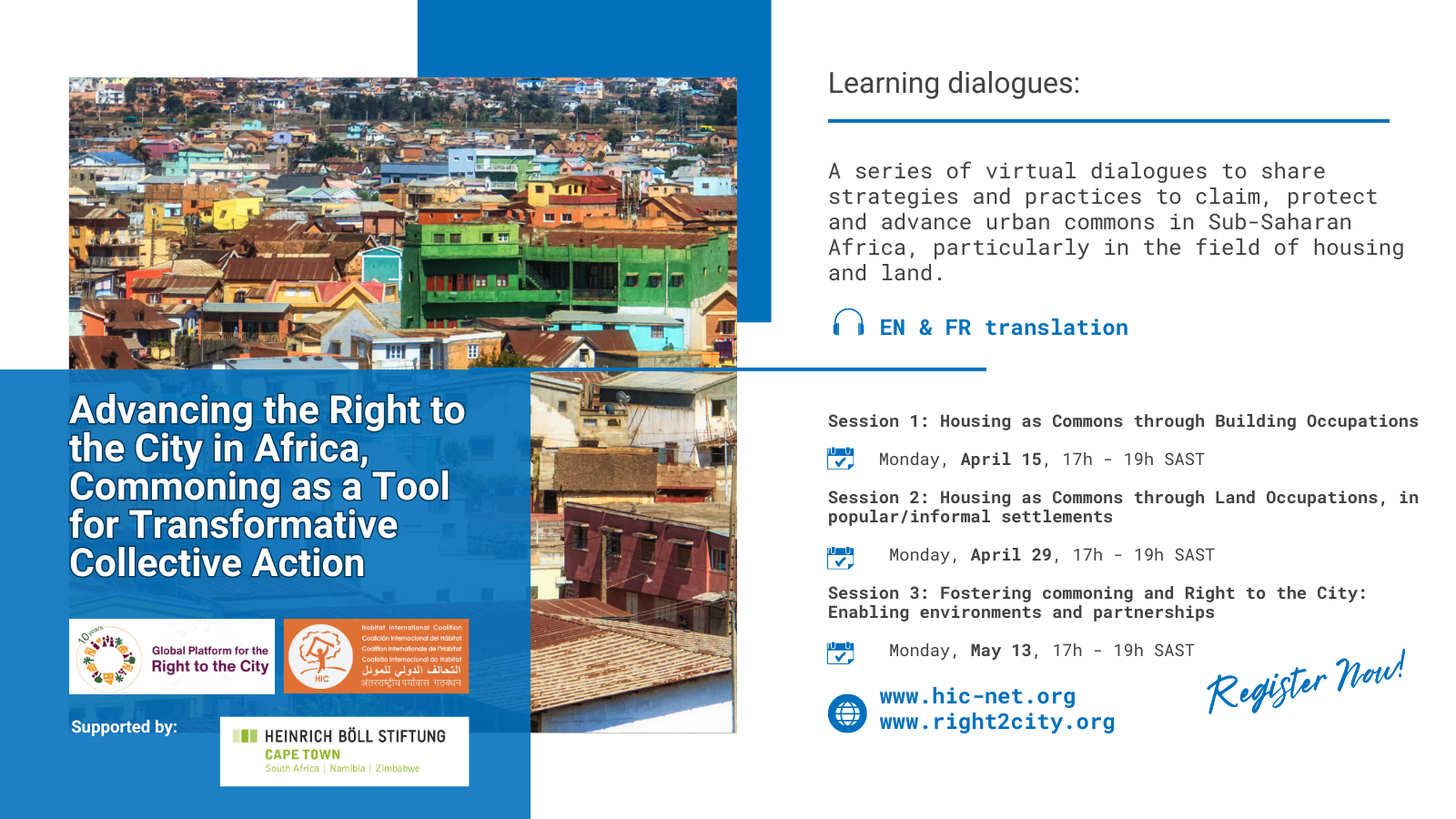Source: Peter Marcuse, November 2004.
Note: ALL ANSWERS ARE APPROXIMATE!
Tenures
1.* What is the division of households between tenures ?
Owner occupied 64%
Cooperative, condominium 2% (including retirement communities, etc.)
Private rental 31% (a small portion assisted by tax credits, low interest mortgages)
Public housing 1.5%
Publicly assisted housing 1.2% (Housing allowances, under Section 8 of the 1974 Act)
Total housing units approx 108,000,000
2. What is the economic status of social rented households ?
8% disabled
40% elderly, 44% receive social security (old age and survivors public insurance)
24% single parent with children
Large majority under 30% of median income of the metropolitan area in which they live
21% employed
44% receive welfare
3.* What are the criteria by which a household obtains a social tenancy ?
Until the 1998 Housing Quality and Work Responsibility Act, Federal regulations gave priority status to the homeless, those in substandard housing, those paying an excessive percent of income going for rent, and those of very low income (under 30% of area median). Those Federal priorities have been repealed by the 1998 Act, and now the maximum income for eligility is 80% of area median, and local authorities may reserve up to 70% of admissions for those earning over 30% of median. Each local authority will decide whether to relax its formerly Federally-mandated rules; New York City will by and large keep them.
4.* To what extent do social tenants have security of tenure ?
Tenants are technically required to leave if their income exceeds 120% of admission limits, but in most jurisdictions that is not enforced, because tenants have no alternative accomodations under conditions of shortage. Tenants are protected by regulations governing evictions, strengthened in the 1960’s to provide them full due process protection, but weakened substantially by the 1998 Act. Rent arrears, drug use, criminal activity, nuisance, etc., are grounds for eviction.
5.* Are better off social tenants encouraged either to move in to home-ownership or private tenancies (thus making the social stock available for poorer households) or to remain in order to promote social mix ?
Policy is moving increasingly towards mix, but in contradictory fashion. On the one hand, higher income limits are allowed (see aove), and under a new program, HOPE VI, local authorities are allowed to sell units to sitting tenants. On the other hand, various work assistance programs encourage tenants to improve their incomes and move out of public housing as rapidly as possible.
6. Are there policies equivalent to Right To Buy ?
Yes, limited, but although favored in special programs (e.g. HOPE VI) in Federal legislation and rhetoric, little used because incomes are so low and administrative complexities high in multi-family housing.
7. Are there policies to promote transfers from local authority social landlords to other social landlords ?
No. But there are policies, particularly at local levels, to support non-profits producing or managing housing.
8. Are there policies to promote owner occupation ?
Substantial. Mortgage interest is deductible for Federal, state, and local income taxes (with high upper limits). So are real property taxes, high in the United States, usually near 20% of housing cost. Imputed income is not taxed. Gain on sale of a house may be postponed, there is a large exemption, and what is taxed is taxed at capital gains rates.
Social rents
1. What has been the trend in bricks and mortar (“object”) subsidies of social rented housing ? A qualitative answer is sufficient.
Origninally (1937) only capital costs were subsidized. In 1968, operating costs were also. That continues, but no subsidies for new construction are now available; they have been declining since about 1980.
2.* How do the levels of social rents compare with private rents and, if possible, mortgage costs ?
Very substantially lower. Rents are set at 30% of inome (after limited deductions), regardless of size, quality, age, or location of unit.
For Section 8, housing allowance in private housing, rents paid the landlord are capped at statistical determination of “Fair Market Rents” for the area, but tenants pay 30% of income, Section 8 the difference.
3.* What are the factors determining the structure of social rents, that is how one social rent compares with another ? In particular, do relative social rents depend on:
· property characteristics, that is the size, condition and location of properties ?
· household characteristics such as size and income ?
See above. Rents vary substantially among units in a single development, but dependent solely on tenant income.
4.* Where social rents are based on property characteristics, how closely does the structure of social rents mirror the differences between properties manifested in (a) private rents and (b) the market value of owner occupied properties ?
Social rents are not based on property characteristics.
5.* Where social rents are based on household characteristics, what is the mechanism ? For example, does gross rent rise with income (such as if it were a fixed percentage of income) ? Current income or last year’s income ? What counts as income – earnings, social security, income from social insurance scheme, pensions etc ?
All income is counted; certain deductions, for medical expenses, expenses connected with employment, are allowed. Tenants’ incomes are reexamined once a year (some local authorities more often), but increases under the new law (under old, to 30% of new income) are phased in over several years so as not to create a disincentive to improve income.
6.* What discretion do individual social landlords have in determining their own rent structures ? To what extent are they constrained by the policy of central or regional government ?
Essentially, none.
Housing Allowance Schemes
1. How are people with low incomes helped to pay their gross rent or mortgage costs and what are the qualifying conditions and restrictions?
Under Section 8 (see above), the Federal government pays the difference between the actualprivate rent (not to exceed the Fair Market Rent) and 30% of income. Under other recently abandoned schemes, a tenant was given the difference between 30% of income and the FMR, and could pay what he/she chose.
Section 8 payments are not as of right; there is a limited number of vouchers for such payments available, a minority of those eligible receive them, waiting lists are long, many who receive them cannot use them because they cannot find housing actually available at permissible rents.
2. What is the rationale behind this policy/these policies?
To save money.
3. What proportion of incomes for those without paid work is provided through housing allowances?
Variable; whatever the source of income, 70% may be kept by the household (subsidy covers rent minus 30% of income).
4. Broadly, what proportion of gross rent of tenants in different tenures is met by the housing allowance?
Figures not available; probably more than 50%.
5. To what extent do tenants receiving housing allowance have an interest in the size of their gross rent?
None (did under other no longer used versions of the Section 8 program; see above).
6. How do tenants respond to having an interest in the size of their rent?
Not Applicable.
7. What are the work incentive and disincentive implications of the housing allowance system?
Because subsidy decreases as income increases, there is supposedly some disincentive to increase earnings (not proven), and therefore under the new law increases are phased in.
8. How is the current scheme viewed by policy-makers, researchers and the public; what are the key points of current debate around the scheme(s)?
Number of vouchers (entitlements to payments) available – more are needed, many argue they should be as of right. 2. Security – they are given only for a limited number of years (now down to 3 at a time). 3. Programs to increase supply are also needed. 4. There is an inflationary impact on rents charged. 5. Much rhetoric about “work responsibility,” but actually relevant in connection with Section 8 to a small minority of households


